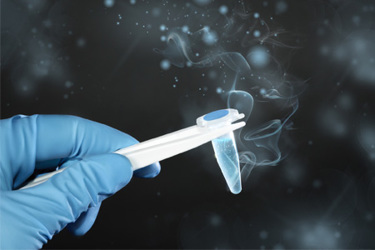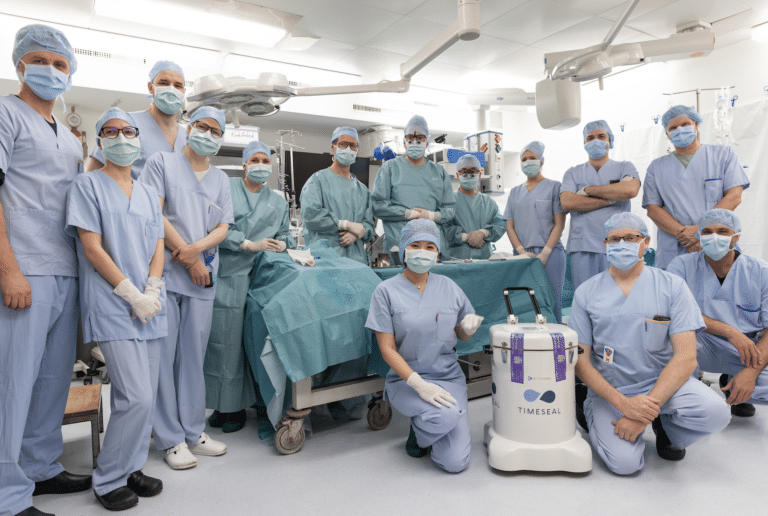Cryopreservation is a crucial part of bioprocessing and biopharmaceutical manufacturing, storage, and transport – by using very low temperatures top reserve cells, cryopreservation can enable greater scale and access to life-saving therapies, grafts, tissues, and organs. As cell doses exponentially increase (~1 e9cells/dose), allogeneic cell banking returns to the forefront, and large-volume preservation (~500 mL) particularly for blood-based products become a necessity, cryopreservation continues to take the center stage. As it remains common to have sites of raw material collection, site of manufacture and site of clinical use to be different for any given product, one of the more significant challenges is in ensuring that these products retain their safety and efficacy through bioprocessing, storage, and transport. Cryopreservation is a complex undertaking, and one that requires a thorough understanding of the product’s critical quality attributes (CQAs) and the variables that may impact them.
Though incumbent in the market for decades, more recent evaluations of the potential negative impacts of the industry’s primary cryopreservation solution, dimethyl sulfoxide (DMSO), on human health, alongside its incompatibility with processes in therapeutic cell production, have stimulated a push for alternative cryoprotectants. X-Therma, a company dedicated to pioneering cryopreservation solutions for organ transplant, tissue banking, and numerous advanced therapies including cell and gene therapy, focuses on using biomimicry to replicate the antifreeze properties of the natural antifreeze proteins (AFPs) found in some arctic species while retaining scalability and reproducibility.






